Dental Cement: Types, Uses & Best Picks for Long-Lasting Restorations
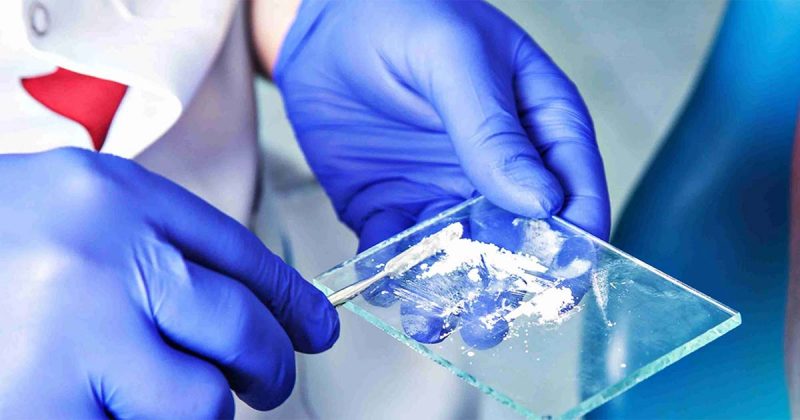
Dental Cement: Types, Uses & Best Picks for Long-Lasting Restorations- In a dentist’s daily practice, restorative procedures are a fundamental part of patient care. The success and longevity of these treatments often depend on selecting the right dental cement—whether for luting, lining, or restorative purposes. Beyond providing mechanical retention, dental cements play a crucial role in ensuring biocompatibility and enhancing the overall durability of restorations.
As materials and techniques evolve, it is essential for every dentist to stay updated on the latest advancements in dental cements. This blog provides a detailed guide on the different types of cements, their classifications, and their appropriate applications in clinical dentistry.
What are Dental Cements?
Dental cements are materials that set intraorally and are used in dentistry for various applications, such as filling materials, protective cavity liners or bases, and luting materials for crowns, bridges, and orthodontic appliances. They are often composed of a powder and liquid phase or a base and catalyst that react to form a hardened structure suitable for dental procedures.
It is important that every cement is assessed for its biocompatibility, safety, and effectiveness, ensuring that the body does not recognize the cement as foreign so that the healing of affected tissues can begin as soon as possible. These dental cements can be of different types depending on their application, setting reaction, and composition, which we will now further discuss.
Classification:
- ISO Classification:
- Water-based cements: Zinc phosphate, glass ionomer etc.
- Oil-based cements: ZOE and non-eugenol cements
- Resin or polymer-based cements Resin cements, compomer, etc.
2. According to setting reaction, dental cements can be of following types:
- Acid- Base reactions: They are formulated as powder and liquid. The liquid acts as the acid whereas the powder acts as the base. On mixing these two, an acid-base reaction takes place resulting in viscous paste, which hardens to a solid mass.
E.g.- Zinc phosphate, Zinc polycarboxylate, Zinc oxide eugenol, Glass Ionomer Cement etc. - Polymerizing Cements: These cements set by polymerizing reaction which can be light activated or chemically activated.
E.g. – Resin cements - Dual Cure- These cements set by acid-base reaction as well as by one of the polymerization methods either chemically activated or light activated mechanisms.
- Tricure- These cements set by acid- base reaction as well as can also be set by chemical activation and light activation.
3. According to the Application of cement, these can be of following types:
- Luting
- Basing Lining
- Restoration
Some common Dental Cements and their Uses:
1. Zinc Phosphate Cement:
Composition:
Powder- Zinc Oxide, Magnesium oxide, other oxides, Silica etc.
Liquid- Phosphoric acid, Water, Aluminum phosphate or sometimes zinc phosphate, Aluminum, Zinc
Manipulation:
Spatula used- Stainless steel.
Mixing time- 1 min. 15 seconds.
Powder to Liquid ratio- 1.4 g/0.5 mL
Mixing Procedure- The powder is to be added in small increments on a cool and dry glass slab, allowing more powder to be incorporated and delaying the setting time. A stainless-steel cement spatula is used, and mixing is done in a brisk circular motion. Each increment is to be mixed for 15 to 20 seconds, and a larger area should be covered to dissipate the exothermic heat. For zinc phosphate cements, an appropriate consistency is attained by adding the maximum powder to the liquid and not by allowing a thin mix to thicken. More powder in the liquid ensures minimum solubility and maximum strength.
Uses:
- Luting of restorations (inlays, crowns, fixed dental prostheses, etc.)
- High strength bases.
- Temporary restorations.
- Luting of orthodontic bands and brackets
Handpicked Bestsellers: Rubydent Ruby Zinc P Zinc Phosphate Cement, Ammdent Zinc Phosphate Cement
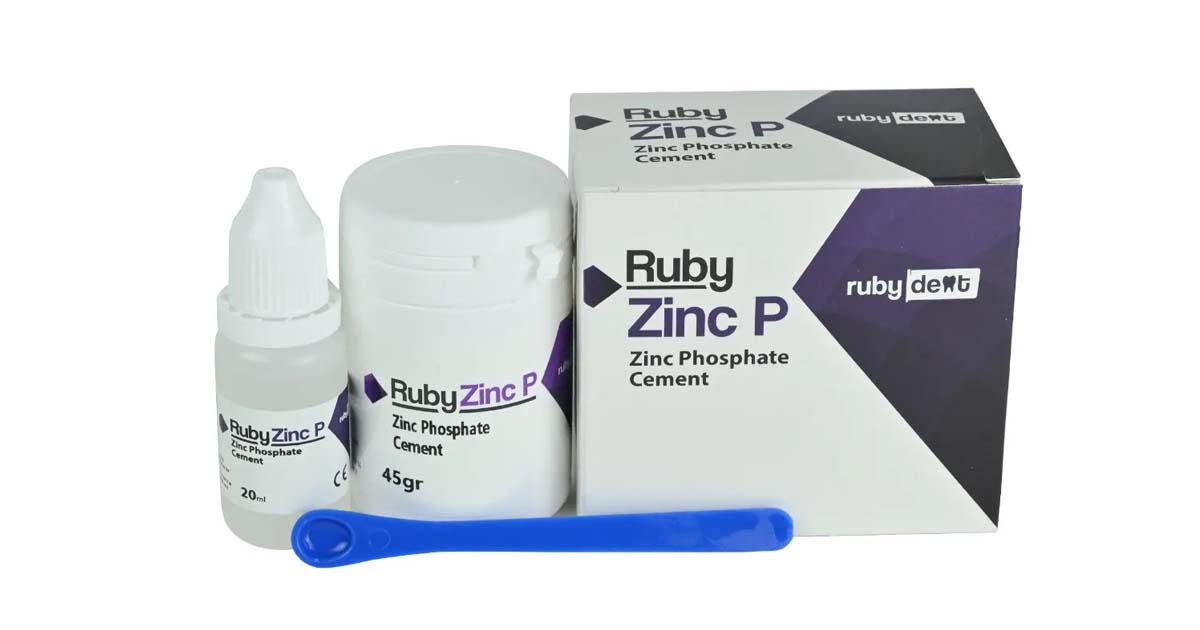
2. Zinc Polycarboxylate Cement:
Composition:
Powder- Zinc Oxide, Magnesium Oxide, Oxides of bismuth and aluminum, stannous fluoride
Liquid- Aqueous solution of polyacrylic acid, itaconic, maleic, or tricarballylic acid.
Manipulation:
P/L Ratio- 1.5/1 by weight
Mixing Time- 30 to 40 seconds
Setting Time- 7 to 9 minutes
Mixing Procedure- The powder and liquid are taken in the above-mentioned ratio on a cool and dry glass slab. The powder is to be incorporated into the liquid in bulk with a cement spatula and mixed. The mix appears thick but can easily flow into a thin film when placed under pressure. The powder may be cooled, but the liquid should not be cooled since an increase in its viscosity may occur. The mix should only be used in its glossy state, and if it loses its luster, it indicates that the setting reaction has progressed, and the mix should then be discarded.
Uses:
- Luting permanent restorations
- As Bases and liners
- Cementation of bands in Orthodontics
- Can also be used as root canal fillings in Endodontics
Handpicked Bestsellers: Rubydent Ruby Zinc Poly Zinc Polycarboxylate Cement, Prevest Poly Zinc + Polycarboxylate Cement
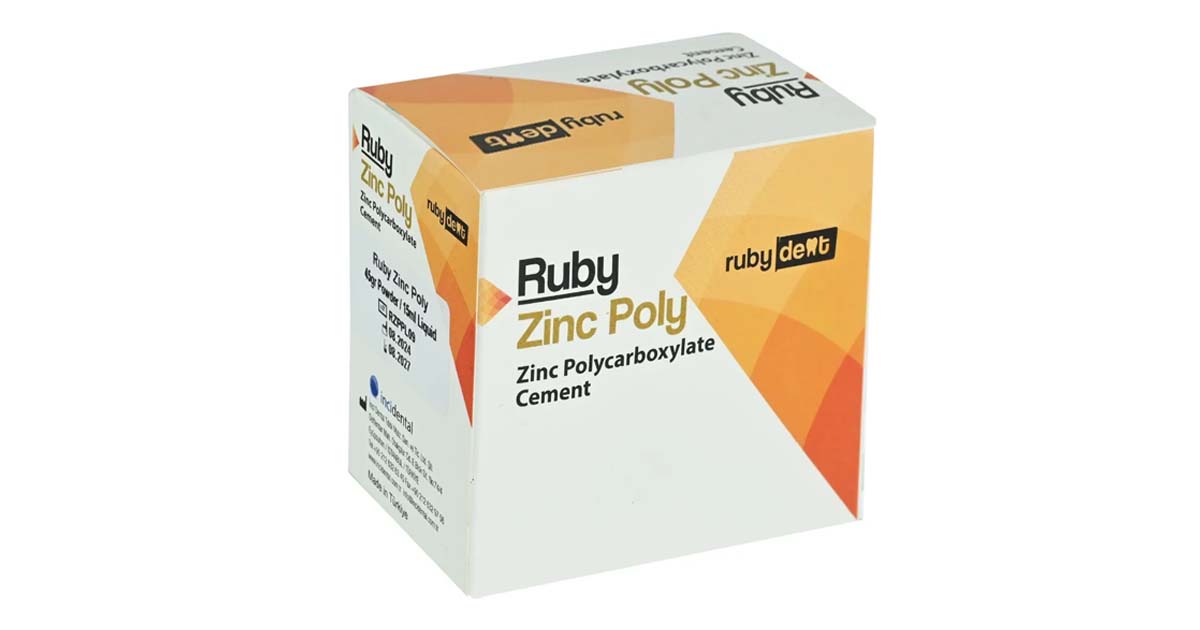
3. Zinc Oxide Eugenol Cement:
Composition:
Powder- Zinc oxide, White rosin, Zinc Stearate, Zinc Acetate, Magnesium Oxide
Liquid- Eugenol, Olive Oil
Manipulation:
Powder/liquid ratio- 4:1 to 6:1 by weight
Setting time- 4–10 minutes.
Mixing Procedure- The powder and liquid are dispensed in the required ratio onto a cool glass slab. A stainless-steel cement spatula is used to incorporate the bulk of the powder into the liquid and is mixed in brisk circular motions. ZOE exhibits a pseudo-thickening stage, i.e., it appears thickened early during spatulation and loosens with vigorous spatulation and stropping. Smaller increments are added until the mix is complete. For two-paste systems, equal lengths of each paste are dispensed and mixed until a uniform color is achieved. ZOE cements set more quickly in the mouth due to moisture and heat.
Uses: Zinc Oxide Eugenol can be classified into the following types:
Type I—for temporary cementation-
These are meant for short-term luting of about 4 to 6 weeks only. Other than this, permanent restorations can also be cemented for a trial period. They have low strength, which allows for easy removal without causing any damage to either the tooth or the restoration.
Type II —for bases and temporary restorations –
These are also used for shorter periods but for a slightly longer duration compared to Type I, i.e., from a few weeks to even months when a tooth is undergoing treatment or until it is ready for permanent restoration. Other than this, they can also be used as a base under a resin-based permanent restoration.
Handpicked Bestsellers: Dpi Kalzinol Zinc Oxide Eugenol Cement, Ammdent Zinogen Zinc Oxide Eugenol Cement
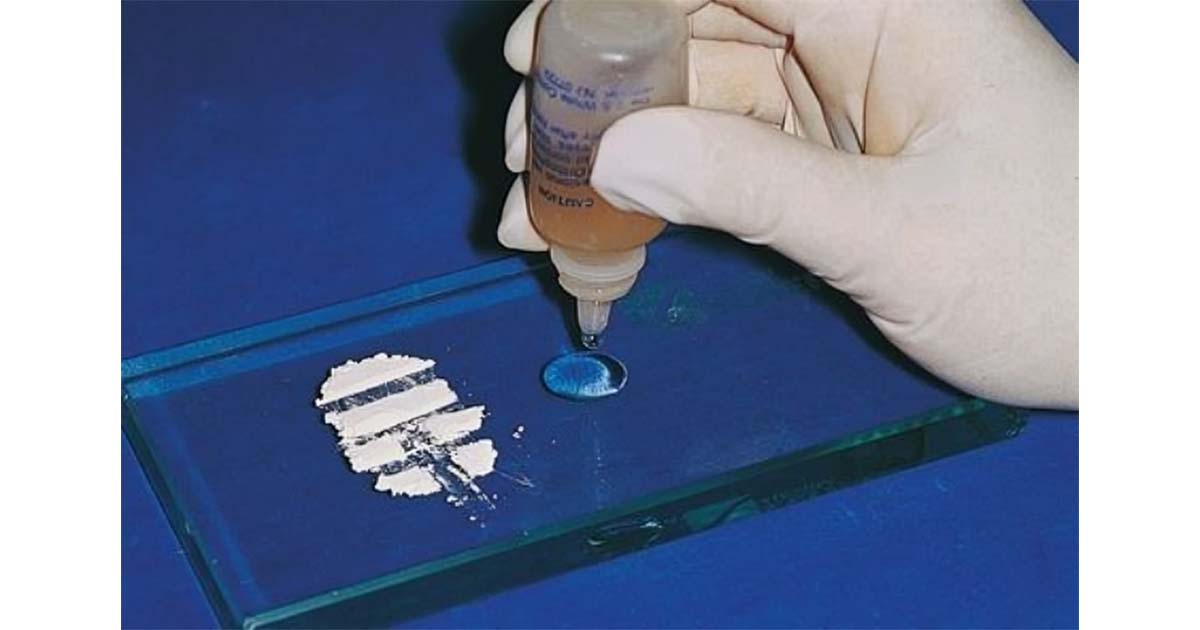
4. Glass Ionomer Cements:
Composition:
Powder- Silica, Alumina, Aluminum Fluoride, Calcium Fluoride, Sodium Fluoride, Aluminum Phosphate
Liquid- Polyacrylic acid in the form of copolymer with itaconic acid, maleic acid, tricarballylic acid, Tartaric Acid, Water
Manipulation:
P/L ratio- Varies according to the type and intended use.
Mixing Time- 45 seconds
Setting time for luting type- 7 minutes
Restorative type- 4-5 minutes
Mixing Procedure- The manufacturer’s recommended powder-to-liquid ratio should be followed. The powder and liquid are to be dispensed onto a nonabsorbent paper or a cool, dry glass slab. The powder is mixed into the liquid in two increments with an agate spatula for 5 to 10 seconds. The remaining half is subsequently incorporated using a swiping and folding technique into the mixture. A good GIC mix can be detected by its glossy finish, which indicates the presence of polyacid that has not yet been used in the setting reaction and helps in proper bonding to the tooth. A mix with a dull finish should be discarded, as prolonged mixing reduces the adhesion of the cement to the tooth surface. The consistency of the mix for restorations should be thick for improved packability into the cavity, whereas for luting, it should have sufficient flow to ensure complete seating of the prosthetic restoration. The mix is packed into the cavity using a plastic filling instrument.
Immediately after setting and matrix removal, the cement should be protected with a special varnish supplied by the manufacturer, an unfilled light-cured resin bonding agent, cocoa butter, or petroleum jelly. This is done to protect the cement from moisture contamination.
Classification and Uses:
The general ISO classification of cements also applies to glass ionomer and these can be of the following types:
- Luting
- Bases and Liners
- Restorations
Depending on the modification in the composition these can be of following types:
- Conventional GIC
- Resin- modified GIC
- Metal-modified GIC
Common applications of Glass Ionomer Cement:
- Used as anterior esthetic restorative material for Class III cavities.
- Restorative material for eroded areas and Class V restorations
- As liner and bases
- Luting agent for restorations and orthodontic brackets
- Used in Atraumatic Restorative Treatment technique (ART)
- Core build-up
- Can also be used as pit and fissure sealant to a limited extent.
Handpicked Bestsellers: Rubydent RubyGlass L Glass Ionomer Luting Cement, DentGist Bio Glass Gold Restorative GIC (Big Pack), GC Gold Label 2 Glass Ionomer Restorative Cement
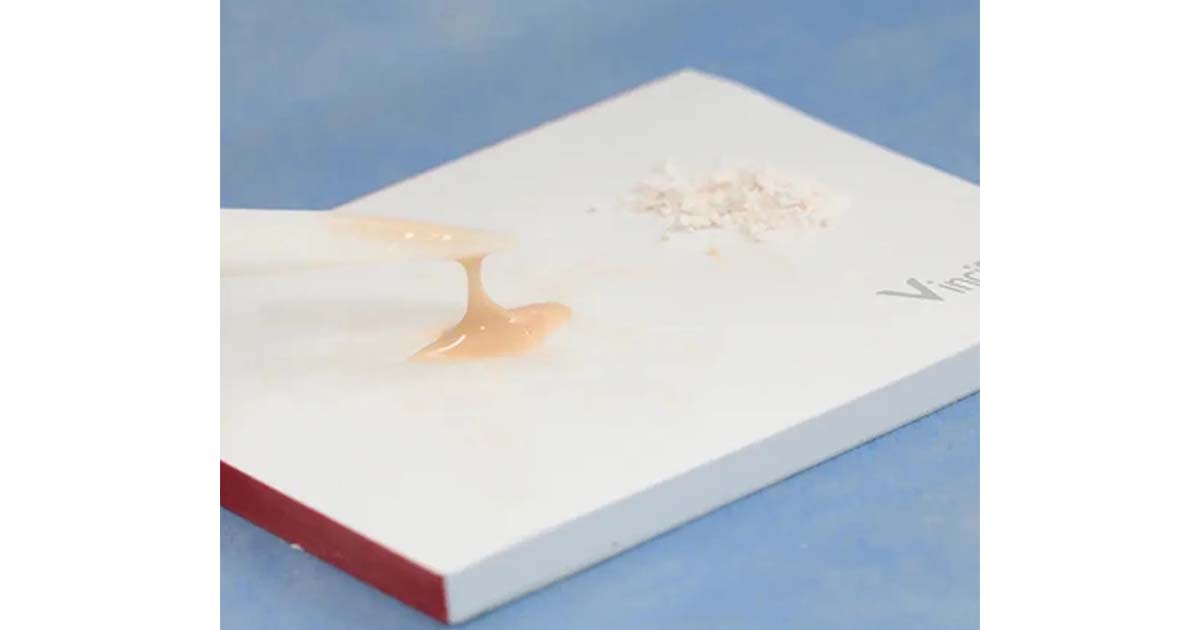
5. Calcium Hydroxide Cement:
Composition:
Base paste: I-methyl trimethylene disalicylate, Calcium sulphate, Titanium dioxide, Calcium tungtate or barium sulphate
Catalyst paste: Calcium hydroxide, Zinc oxide, Zinc stearate, Titanium oxide, Ethylene toluene sulfonamide
Manipulation:
Setting time- Ranges between 2.5 to 5.5 minutes
Mixing Procedure- Equal lengths of both pastes are taken on a nonabsorbent paper and mixed to a uniform color. The mix should then be applied to the intended area with a calcium hydroxide carrier or applicator (a ball-ended instrument). The reaction between the base and catalyst is greatly accelerated by moisture and accelerators, thus setting faster in the mouth.
Uses:
- Used in direct and indirect pulp capping procedures
- As low strength bases beneath restorations for pulp protection.
- In apexification procedure in young permanent teeth where root formation is incomplete.
Handpicked Bestsellers: Waldent RCTcal Calcium Hydroxide Paste (Water Based), DentAct Cal LC Light Cured Calcium Hydroxide Paste, Waldent Dentical LC Calcium Hydroxide Liner

6. Resin Cements:
Composition:
Resin cements have a composition similar to that of modern composites. The filler content is lowered in these and the diluent monomers are added to adjust the viscosity. Some of them even contain fluoride. Organophosphates (MDP), HEMA, and 4 META are used as bonding agents to promote adhesion to enamel and dentin.
Read Also: Types of Dental Composite in Dentistry
Manipulation:
Resin cements are technique-sensitive, just like composites, and improper technique can lead to poor bond strength and failure. Proper etching, followed by mixing or curing depending on the resin cement, and the removal of excess cement are required for a successful restoration.
For two-paste systems: The components are mixed on a pad for about 20-30 seconds.
For a single-paste system with an activator in the bonding agent: In some systems, the activator is present in the bonding agent. The bonding agent is applied onto the etched surface of the tooth and also on the restoration. The setting reaction occurs when the cement on the restoration contacts the bonding agent on the tooth.
For a dual-cure system: The two components are mixed and light-cured, and the exposure time should not be less than 40 seconds. This light curing helps achieve high initial strength and polymerizes the exposed cement at the margins of the restoration.
Uses:
- Bonding orthodontic brackets to acid-etched enamel.
- Cementation of porcelain veneers and inlays.
- Cementation of all-porcelain crowns and fixed dental prostheses.
- Cementation of etched cast restorations.
Handpicked Bestsellers: Rubydent RubySECem Self-Etching & Self-Adhesive Dual Cure Resin Cements, Ammdent URC Dual Cure Resin Cement

Conclusion:
Mastering the selection and handling of dental cements is essential for every dentist, as these materials play a crucial role in various clinical procedures, from luting restorations to pulp protection. A thorough understanding of their composition, setting mechanisms, and ideal applications ensures long-lasting and reliable outcomes. By choosing the right cement—whether for luting, lining, or restoration—dentists can optimize adhesion, minimize microleakage, and enhance treatment quality.
Staying updated on different types of cements and their best uses empowers practitioners to make confident and effective clinical decisions. For a comprehensive range of high-quality dental cements, visit DentalKart and find the perfect materials to support your practice.

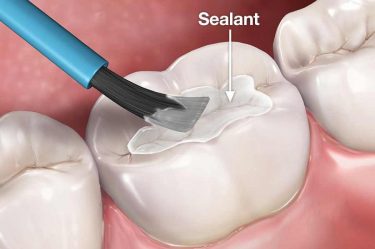
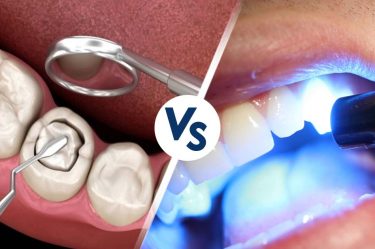
No Comment